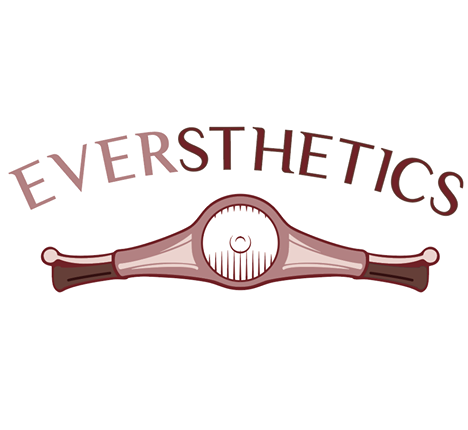In this interview with Constantinos Liarikos, it’s a unique change to approach this new wave of design that glamorizes the aesthetic sustainability of DIY; of the everyday; and of the haphazard homemade. Constantinos is an upcycler and custom lamp-maker, working on unique designs to order or –usually- by inspiration. As not expected, he is also a trained economist with expertise on matters of development and the environment. When he is not designing lamps, he heads the Development function at WWF Greece and also works as a coach and management trainer.
You Might also Enjoy
In your case, aesthetic sustainability seems as an experiment in producing alternative designs and alternative pedagogies. Is that true? When did you first get into repurposing objects?
I always like to think that my work is about the art of the unexpected in; aesthetics; new use of discarded materials; intimate beauty of objects made of combined materials, each loaded with a history of heavy use. My love for creole music surely relates.
It all started when I first built a stomp-box -to accompany my guitar playing- out of an old wooden cigar box. And then a few more for my friend musicians. And then lamps. Lamps took me by storm; it is kind of magical to build the one thing that people use to create their personal atmosphere.
Surprisingly, my big coming-out came during one of my most isolated periods: secluded at the hospital for two weeks as a COVID-suspect incident, I focused at communicating my work as a way to reach out to people. I exited the hospital with a list of orders it took months to respond to…
What do you love most about working with used objects? How do you express aesthetic sustainability by creating lamps with discarded materials?
I try to mostly work with mechanical parts and old wood (driftwood of weathered wood); materials that are shaped by natural forces or designed to respond to these. Given the opportunity, they directly and strongly connect to our flow of energy and the beauty of the world and our mind. You only have to take a bike rim or an engine crank out of their original context, and they reveal impressively elegant and flowing design elements…
Of course, I also work with some less surprising, but still unexpectedly used materials; old phones, irons, brass instruments, cameras and old horns. The exercise on these designs is less about unveiling beauty and more about respectfully treating these pieces of history and creating items that add value and maintain remembrance.
Your object aesthetics focuses on gesture and emotion, questioning the initial role of the object. What are some of the most interesting projects you’ve worked on so far?
Projects using engineering parts are singlehandedly my favorites and the most interesting and challenging. They demand a whole re-engineering of the items used. This is both a demanding and a rewarding mind process. I don’t get to make as many of these as I would like as they are big, heavy, artifacts that are hard to store and often hard to promote.
Designing camera-lamps is also extremely interesting. If you think about it, the flow of light is what cameras are about. But while repurposing into a lamp, you need to find a way to reverse the intended light flow (from the camera rather that into the camera) without creating a result aesthetically incompatible to the initial use.
I often use valuable antique pieces as a first material and in those cases I engineer “around” the object so that it is left intact for collectable purposes. I also find this very interesting, both as a process and as an outlook…
Your work is an exercise in self-preservation through adaptation. Where are your favorite places to visit for creative inspiration?
I am an observer and I love things. Things –even the most basic- are the combinational result of mind energy and earthy resources. Each one is valuable in its own count. I observe things even during the most routine processes (my morning walk or my ride to work) and that’s where much of the inspiration comes from. And of course during my regular visits to flea markets and junk-yards.
But designs are born in isolation in my workspace. I keep all my salvaged stuff around and spend long hours observing them, while listening to loved music. And there, at some point, things fall in place and the building starts!
The Functionality, Expressiveness, and Aesthetics Consumer Need Model seems to work for you; the consumers are interested in the synergy of beauty and leaded to aesthetic sustainable solutions via increased recycling use of materials. What are you working on next?
I don’t plan my work so it is hard to say what I will be working on in the next period. But, as with all arts, the more the muscle memory takes over the execution the more the mind is free to create and I have just entered a phase that I feel I can perform most anything I imagine. So surely many of my next designs will be unbounded and truly unexpected. I can reveal that I would also like to produce a couple of truly eccentric designs during this winter.







Leave a Reply